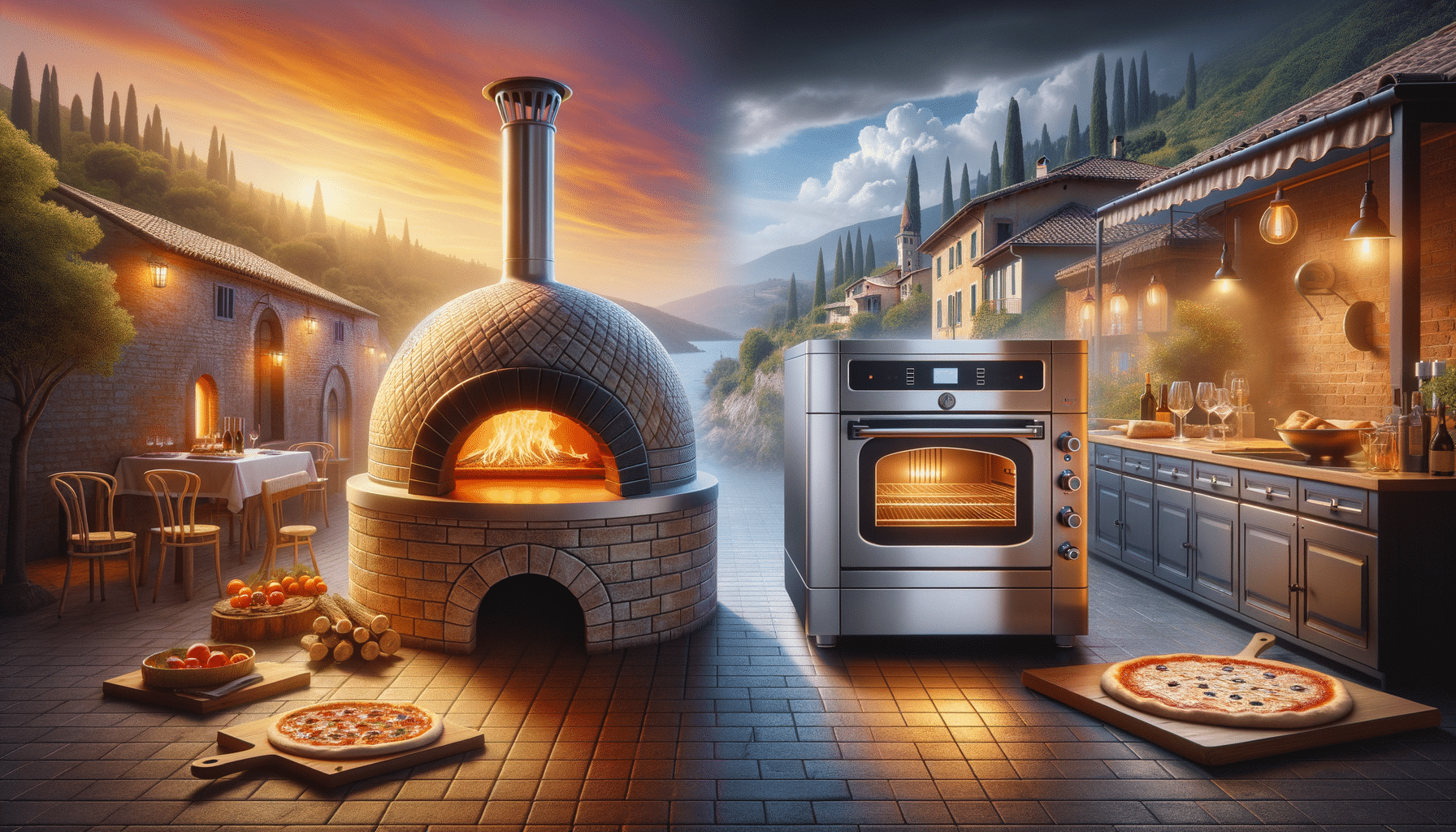Exploring the World of Pizza Ovens: A Comprehensive Guide
Discover the different types of pizza ovens and their unique features in this detailed guide.

Introduction to Pizza Ovens
Pizza ovens have been a cornerstone of culinary arts for centuries, offering a unique cooking experience that transforms simple ingredients into a delightful culinary masterpiece. The allure of a perfectly baked pizza, with its crispy crust and bubbling cheese, often lies in the oven used. Understanding the various types of pizza ovens and their functionalities can help enthusiasts and culinary professionals alike in selecting the right one for their needs.
Types of Pizza Ovens
Pizza ovens come in various forms, each with distinct characteristics that cater to different cooking styles and preferences. The most common types include wood-fired, gas, electric, and countertop models. Wood-fired ovens are renowned for their ability to reach high temperatures, imparting a smoky flavor to the pizza. Gas ovens offer convenience and control, making them a popular choice for both home cooks and professional chefs. Electric ovens provide consistency and are often favored in environments where gas or wood is not feasible. Countertop ovens, on the other hand, are compact and ideal for small spaces, offering flexibility and ease of use.
Features to Consider When Choosing a Pizza Oven
When selecting a pizza oven, several features should be considered to ensure it meets your needs. Temperature control is crucial, as different types of pizzas require specific heat levels for optimal cooking. The size of the oven is another important factor, especially for those with limited space or specific output requirements. Additionally, the material of the oven can affect heat retention and cooking efficiency. Stone and brick are traditional materials that offer excellent heat retention, while modern materials like stainless steel provide durability and ease of maintenance.
Advantages and Disadvantages of Different Pizza Ovens
Each type of pizza oven comes with its own set of advantages and drawbacks. Wood-fired ovens, for example, are celebrated for their ability to produce authentic, flavorful pizzas but require more maintenance and skill to operate. Gas ovens are convenient and easy to control but may lack the traditional flavor imparted by wood. Electric ovens offer consistent results and are easy to use, though they may not reach the high temperatures of their wood-fired counterparts. Countertop ovens provide versatility and convenience but may not be suitable for large gatherings or commercial use.
Conclusion: Choosing the Right Pizza Oven for You
Ultimately, the choice of a pizza oven depends on individual preferences, cooking habits, and space availability. Whether you’re a home cook seeking to elevate your pizza-making skills or a professional chef looking for efficiency and quality, understanding the unique features and benefits of each type of oven is essential. By considering factors such as temperature control, size, and material, you can select a pizza oven that not only meets your culinary needs but also enhances your overall cooking experience.